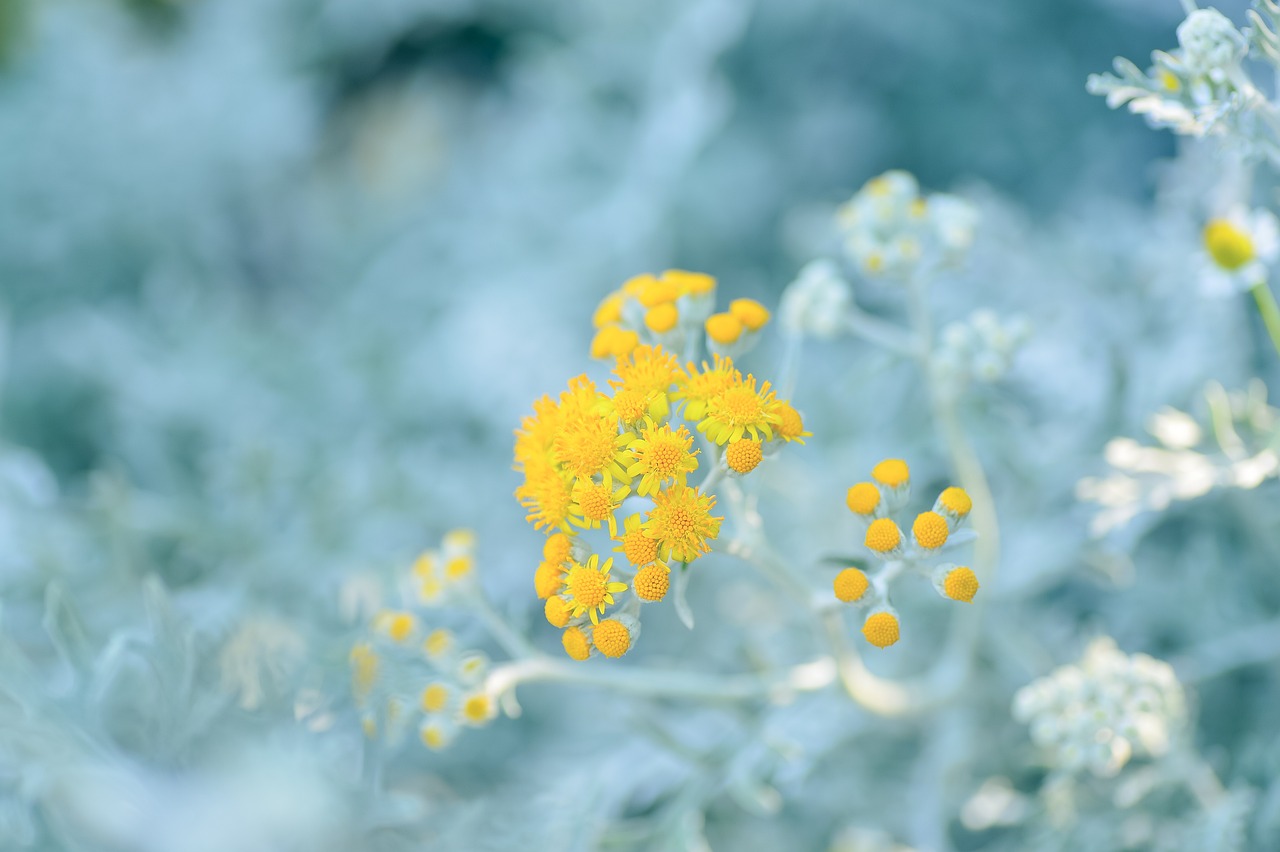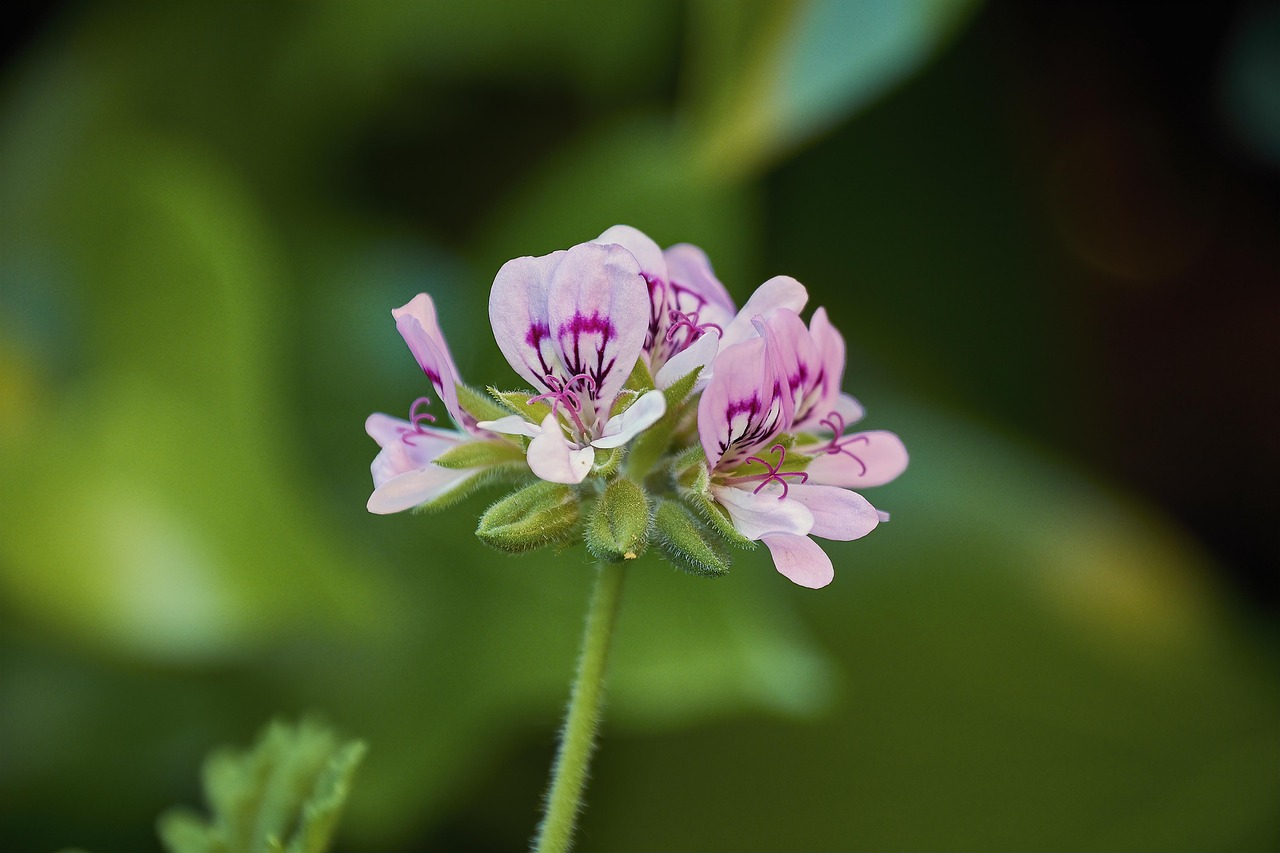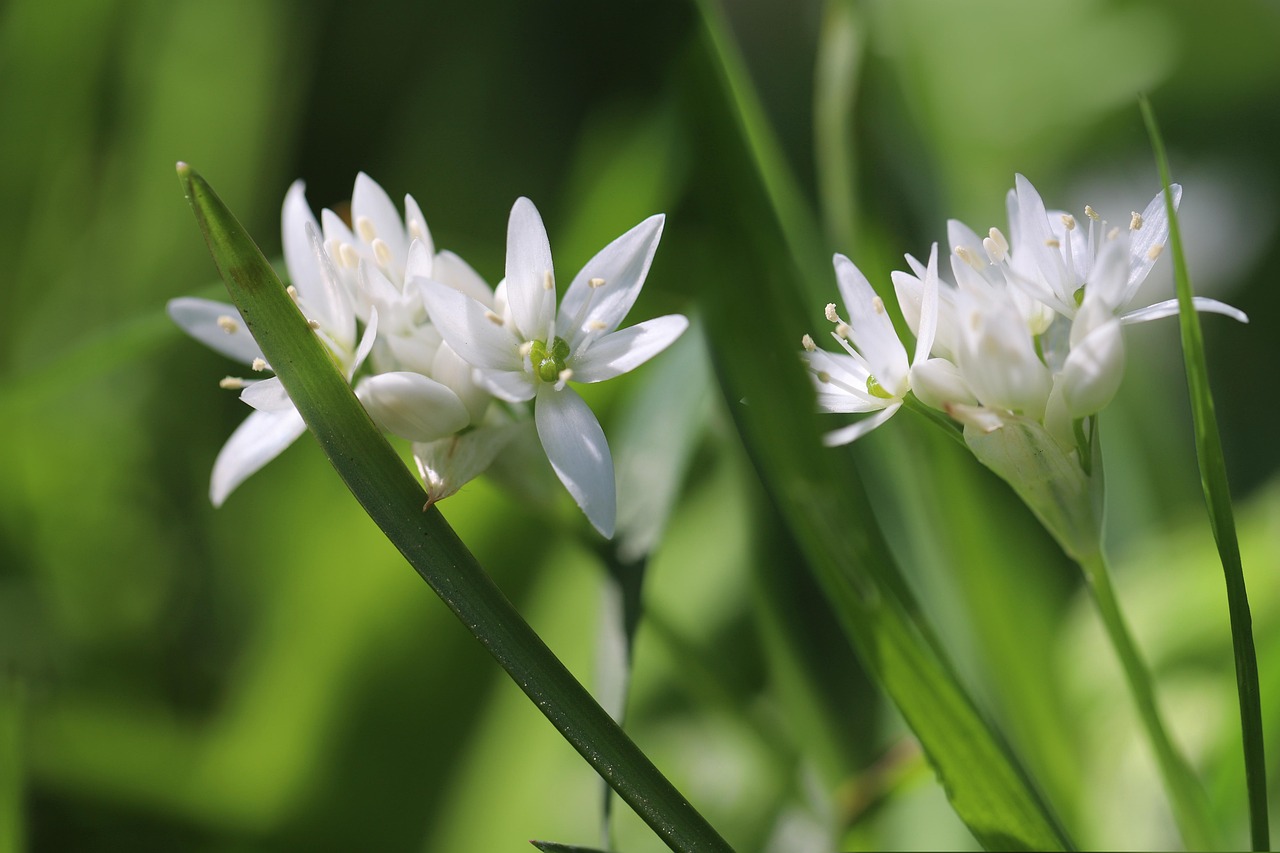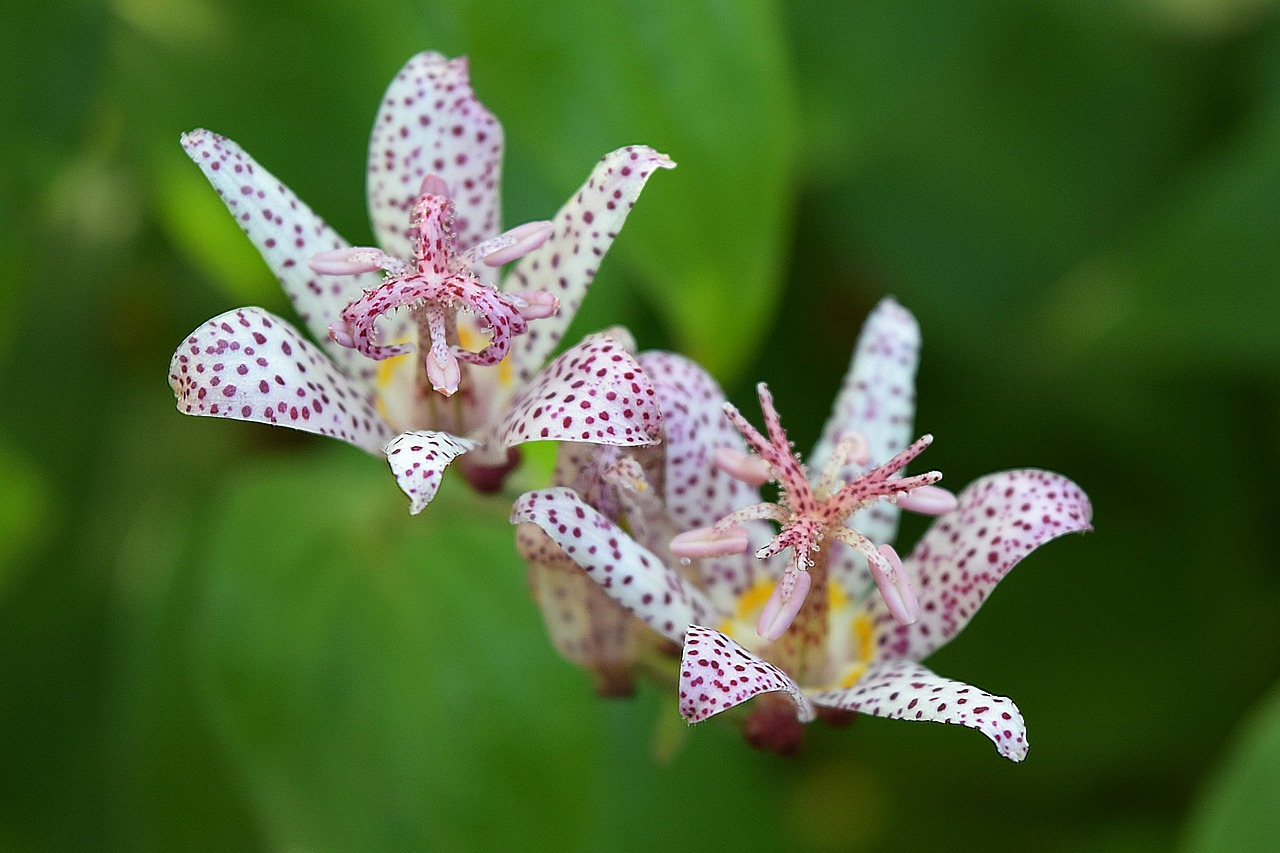Lisianthus | A Western Bride Adorned with Elegant Petals
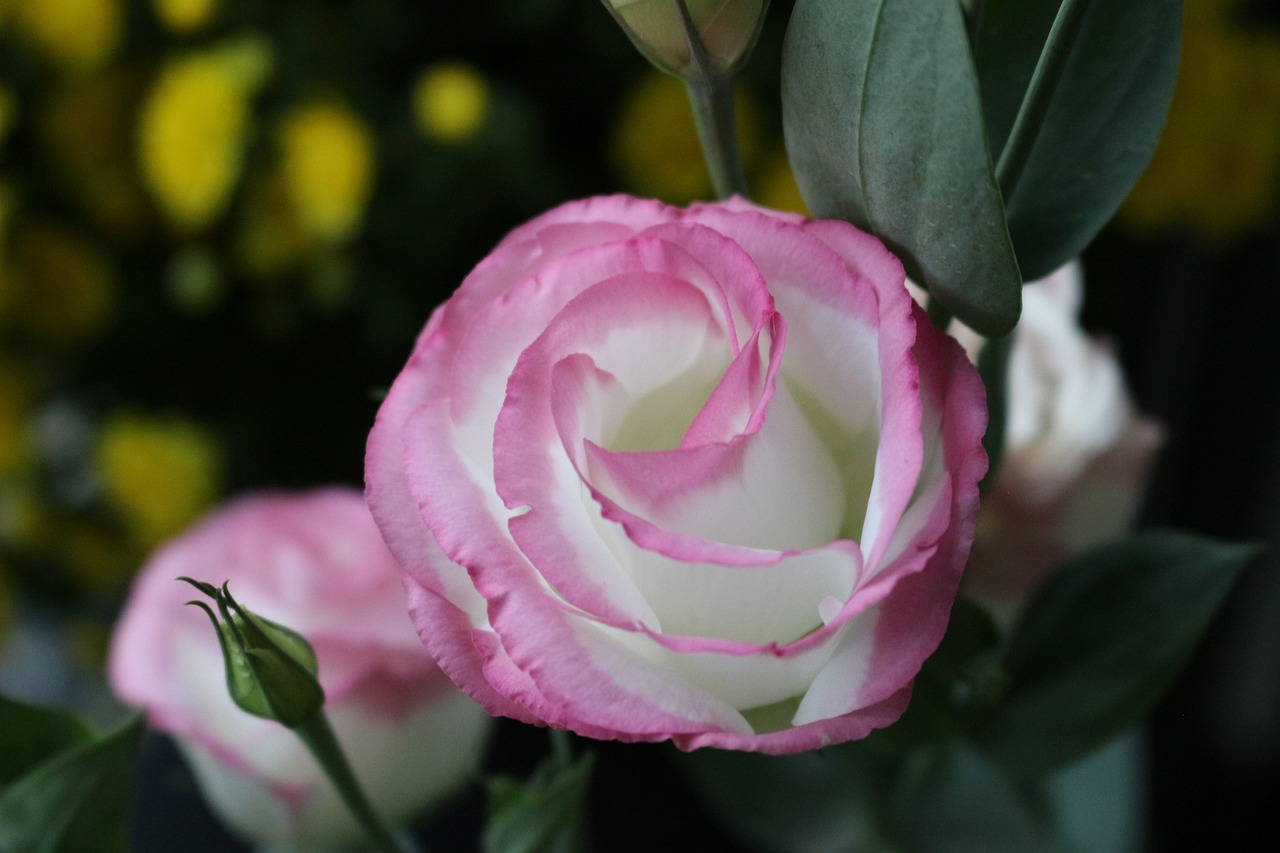
Lisianthus, known for its graceful petals and soft colors, is an essential flower in floral arrangements and bouquets. With a beauty reminiscent of roses, it is cherished as the “bride’s flower” and is often used in festive and elegant settings.
In this article, I introduce the basic information, cultural background, and gardening tips for lisianthus.
Basic Information
- Scientific name: Eustoma grandiflorum
- Family: Gentianaceae
- Origin: North America (particularly around Texas)
- Appearance: Lisianthus features rose-like blossoms in a wide range of colors, including white, pink, purple, and blue. The petals can be single, double, or frilled, giving a soft yet luxurious impression.
- Blooming season: Summer to autumn (July–October), resistant to heat and enjoyable for a long period.
Cultural Significance Worldwide
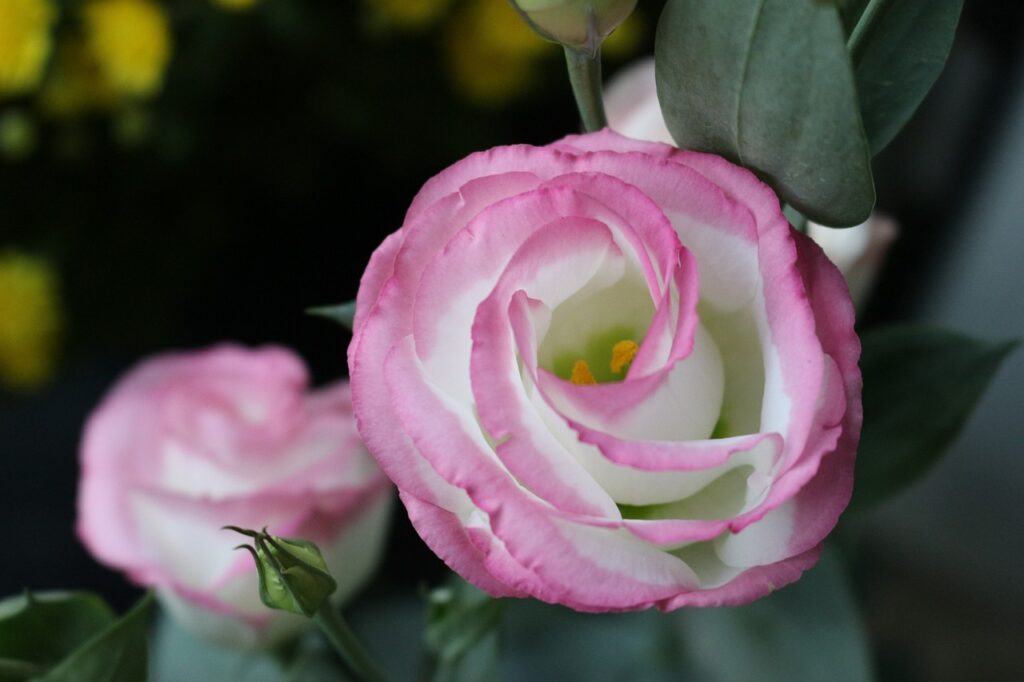
Lisianthus is highly valued in floral design, especially in wedding bouquets and table decorations. Its elegant appearance has given it the symbolic meanings of gratitude and grace, making it a beloved gift for weddings and other special occasions.
Although the name includes “Turkish,” it does not originate from Turkey. Instead, it was named because its shape resembles a Turkish turban, while its true origin lies in North America. In Japan, lisianthus is regarded as a luxurious flower and is popular as a refined gift.
Historical Background
Originally native to warm regions of North America, lisianthus was introduced to Europe and Asia in the 19th century.
With the rise of horticultural interest in Europe, extensive breeding led to the diverse colors and forms we see today. In Japan, lisianthus gained popularity as a cut flower during the Showa era and has since become a staple in florists’ shops.
Thanks to its beauty and variety, it is widely appreciated both as an ornamental and as a gift flower.
Gardening Advice
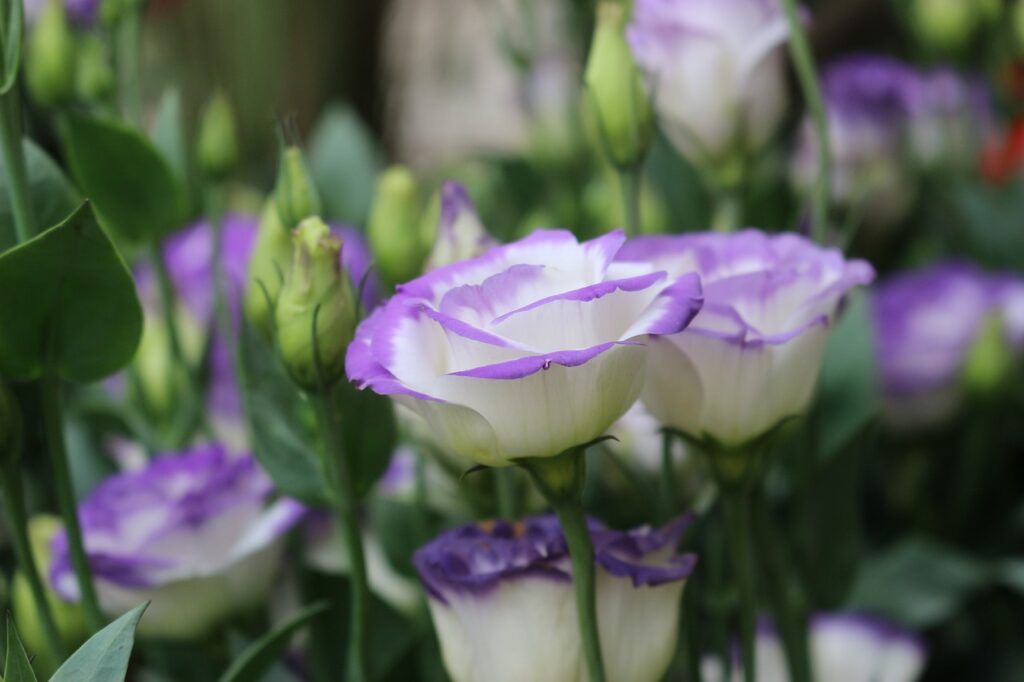
Lisianthus is somewhat delicate, but with proper care and environment, it can be grown beautifully.
It thrives in sunny locations, though strong summer sunlight should be avoided. It also grows well in partial shade. Water thoroughly when the surface soil becomes dry, but avoid overwatering.
The plant prefers well-drained soil; mixing in leaf mold at planting time helps improve drainage. During the growing season, feeding with a phosphorus-rich fertilizer once a month encourages abundant flowering.
Since lisianthus is prone to continuous cropping problems, I recommend rotating its planting location each year.
Conclusion
Lisianthus is a flower of refined elegance that brings color both to everyday gardens and to bouquets. By providing adequate sunlight and well-drained soil, you can enjoy its beauty for a long time.
I encourage you to grow lisianthus and bring its graceful charm into your daily life.

